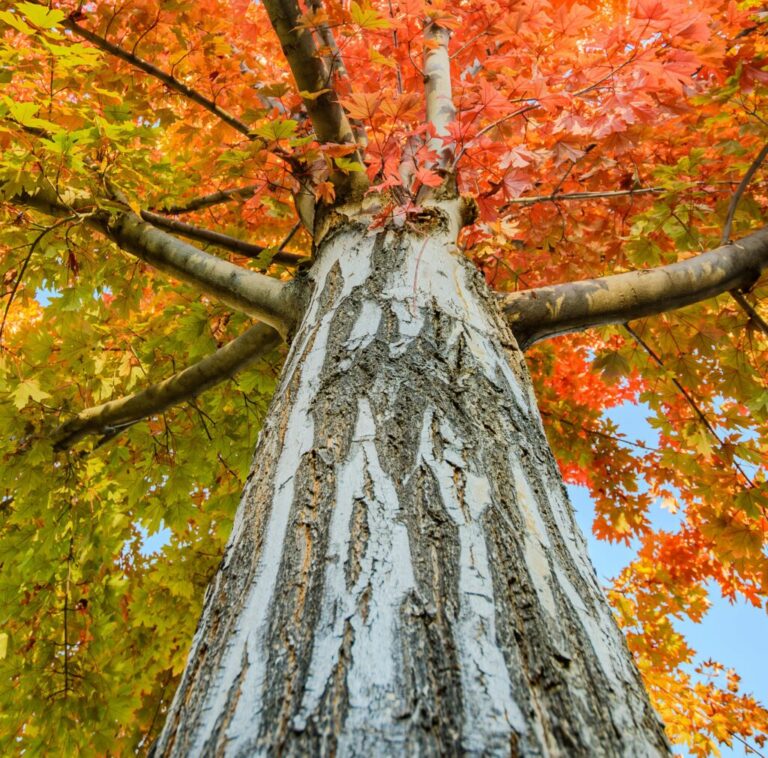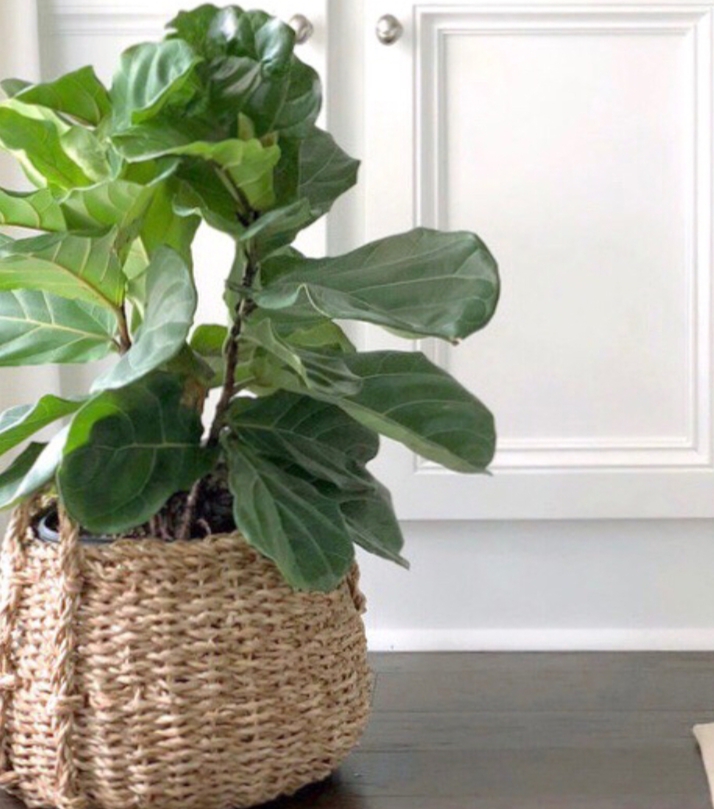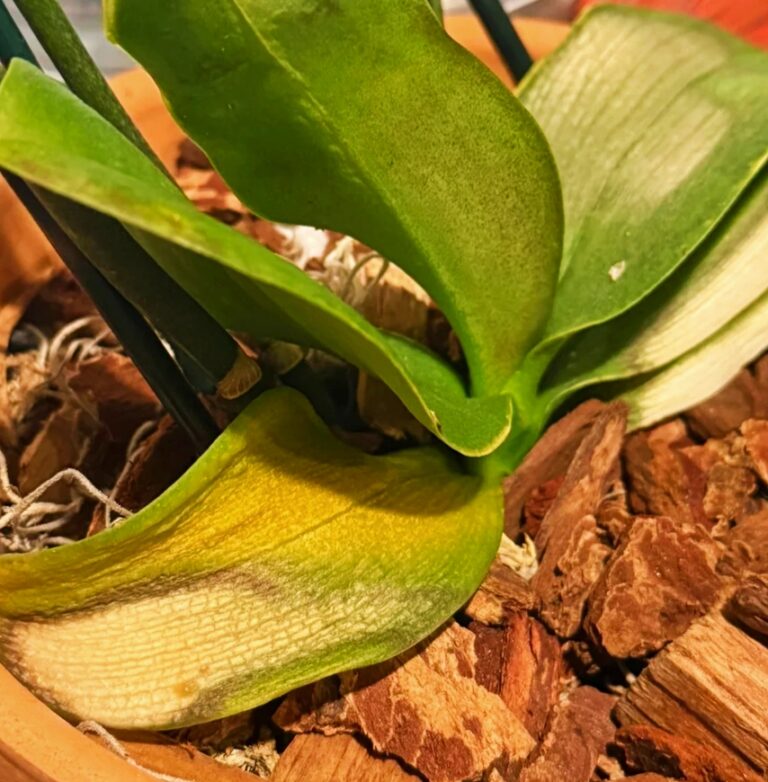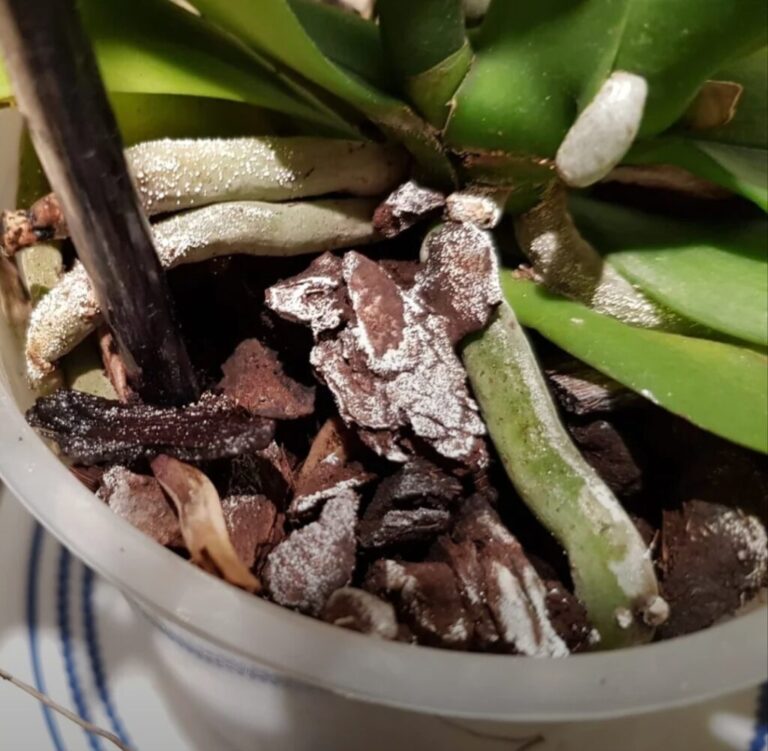Alyssum flowers are among the most beloved choices for gardeners who want delicate, fragrant, and long-lasting blooms in their outdoor or indoor spaces. Whether cascading over the edges of a hanging basket, brightening up a balcony garden, or filling patio containers with color, alyssum flower in pots when given the right care. Their low-growing, mounding habit makes them an excellent choice for borders, window boxes, and companion planting with other flowers or vegetables.
One of the best things about growing Alyssum Flower in Pots is that it allows you to control the environment more efficiently. You can easily adjust watering, move the pots to a sunnier location, or provide shelter from extreme weather conditions. When properly cared for, alyssum can bloom continuously from spring to fall, offering a beautiful sea of tiny blossoms in shades of white, pink, purple, or yellow. Their honey-like fragrance attracts pollinators such as bees and butterflies, making them an eco-friendly choice for any garden.
However, ensuring long-lasting blooms requires more than just planting and watering. Factors like choosing the right container, soil quality, sunlight exposure, fertilization, and pruning techniques all play a crucial role in keeping these flowers vibrant and healthy. Many beginners struggle with common issues such as leggy growth, poor flowering, and susceptibility to pests, but with the right approach, you can enjoy flourishing alyssum in pots for months.
In this guide, we’ll reveal the 10 best secrets to help you grow, maintain, and extend the blooming period of Alyssum Flower in Pots. Whether you’re a beginner or an experienced gardener, these expert tips will ensure your alyssum remains lush, colorful, and thriving all season long.
- 1 Alyssum Flower in Pots
- 2 Quick Alyssum Profile
- 3 1. Choose the Right Pot for Healthy Growth
- 4 2. Use Well-Draining Soil to Prevent Root Rot
- 5 3. Provide Full Sun for Maximum Blooms
- 6 4. Water Wisely – Avoid Overwatering
- 7 5. Feed Lightly for Continuous Blooms
- 8 6. Deadhead Regularly to Encourage Reblooming
- 9 7. Protect from Pests and Diseases
- 10 8. Prune for Shape and Health
- 11 9. Overwintering for Year-Round Blooms
- 12 10. Companion Planting for Healthier Growth
- 13 FAQS
Alyssum Flower in Pots

Quick Alyssum Profile
| Feature | Details |
|---|---|
| Scientific Name | Lobularia maritima |
| Common Names | Sweet Alyssum, Carpet Flower |
| Bloom Time | Spring to Fall (year-round in mild climates) |
| Light Needs | Full Sun to Partial Shade |
| Watering | Moderate, keep soil slightly moist |
| Soil Type | Well-draining, loamy or sandy soil |
| Fertilization | Light feeding every few weeks |
| USDA Zones | 5-11 (Annual in colder regions) |
1. Choose the Right Pot for Healthy Growth
The right pot is essential for healthy alyssum growth and continuous flowering. A pot that is too small can restrict root growth, while a too-large pot can retain excess moisture, leading to root rot. The ideal pot size for a single alyssum plant is 10-12 inches in diameter, and for multiple plants, a larger container works best. Choose pots made of terra cotta, ceramic, or breathable plastic with adequate drainage holes to prevent waterlogging. Using a self-watering container can also be beneficial in hot climates, reducing watering frequency and maintaining moisture balance.
2. Use Well-Draining Soil to Prevent Root Rot
Alyssum requires light, well-draining soil to keep roots healthy and prevent fungal infections. A standard potting mix works well, but you can enhance it by adding sand, perlite, or peat moss for improved drainage. Avoid using heavy garden soil, which tends to compact over time, suffocating the roots. If you’re using store-bought potting mix, ensure it is designed for flowers or herbs to provide the best aeration and nutrient balance. Additionally, adding a layer of small pebbles or coarse sand at the bottom of the pot can help further improve drainage, ensuring the roots never sit in stagnant water.
3. Provide Full Sun for Maximum Blooms
Alyssum thrives in full sunlight, producing the best blooms when exposed to at least 6-8 hours of direct light daily. If placed in shady conditions, the plant may grow leggy, with fewer flowers and weaker stems. For indoor planting, place your alyssum near a south- or west-facing window or supplement it with grow lights to maintain healthy growth. In extremely hot climates, afternoon shade can help prevent wilting or heat stress, but be sure not to overdo it, as too much shade will reduce flowering. If you notice stretching stems with fewer blooms, consider moving the pot to a sunnier location.
4. Water Wisely – Avoid Overwatering
Alyssum prefers moderate watering, where the soil remains slightly moist but never soggy. Overwatering can lead to root rot, fungal diseases, and even death. When the top inch of soil feels dry to the touch, it is best to water.In hot climates, you may need to water every 2-3 days, while in cooler seasons, watering once a week may be sufficient. Watering should be done when the top inch of soil feels completely dry to the touch.Using a watering can or drip irrigation helps deliver moisture directly to the roots, ensuring optimal hydration without causing excess humidity around the plant.
5. Feed Lightly for Continuous Blooms
To keep alyssum flowering continuously, it’s essential to provide regular feeding with a balanced liquid fertilizer every 2-3 weeks. Using a fertilizer with an NPK ratio of 10-10-10 or a flower-specific fertilizer will promote steady growth and abundant blooms. Be cautious with high-nitrogen fertilizers, as they encourage lush green foliage at the expense of flowers. Organic alternatives such as compost tea, fish emulsion, or diluted seaweed extract can provide gentle, natural nourishment without the risk of overfeeding. If your alyssum’s flowering slows down, a phosphorus-rich fertilizer can help stimulate bud formation and extend the blooming period.
6. Deadhead Regularly to Encourage Reblooming
Deadheading alyssum (removing spent flowers) encourages new growth and extends the flowering season. If you neglect deadheading, the plant will slow down flower production and direct energy toward seed formation instead. Use clean garden scissors or simply pinch off fading flowers with your fingers every 1-2 weeks. Cutting back leggy stems can also help maintain a compact, bushy appearance. If your alyssum appears overgrown or straggly, performing a mid-season shearing (trimming the plant by one-third) will refresh its look and promote stronger, more vibrant growth.
7. Protect from Pests and Diseases
Alyssum is generally low-maintenance, but common garden pests like aphids, spider mites, and whiteflies can occasionally attack. Spraying the plant with neem oil or insecticidal soap can help keep these pests under control. Alyssum can also develop powdery mildew, especially in humid conditions. To prevent this, ensure the plants have good air circulation, avoid overhead watering, and remove infected leaves immediately. If you notice yellowing leaves, stunted growth, or sticky residue, inspect the plant for pests and treat accordingly.
8. Prune for Shape and Health
Regular pruning keeps alyssum compact and bushy, preventing it from becoming leggy or sparse. Trimming back sprawling stems every few weeks helps maintain a tidy shape while encouraging more lateral branching. When pruning, focus on removing yellowed or weak stems, as these can sap energy from healthier parts of the plant. Light pruning after a bloom cycle can stimulate fresh growth and reblooming, making your alyssum flourish for a longer period.
9. Overwintering for Year-Round Blooms
In warmer climates (zones 9-11), alyssum can bloom year-round. However, in colder regions, it is treated as an annual, meaning it will die back in winter unless protected. To overwinter potted alyssum, move the plant indoors before temperatures drop below 40°F (4°C). Reduce watering during winter dormancy but keep the soil slightly moist.
10. Companion Planting for Healthier Growth
Alyssum is an excellent companion plant for vegetables, herbs, and flowers, as it helps repel pests and attract pollinators. Planting alyssum near tomatoes, peppers, or lettuce can help deter aphids, while pairing it with marigolds, lavender, or petunias creates a stunning, vibrant container display. This mutual benefit not only enhances plant health but also increases your garden’s biodiversity.
Growing alyssum in pots is rewarding and easy when you provide the right care. By choosing the right pot, soil, light, and watering practices, you can enjoy months of vibrant blooms. With proper feeding, deadheading, and pest control, your alyssum will remain healthy, fragrant, and colorful all season long.
FAQS
How do you grow Alyssum Flower in Pots successfully?
To grow Alyssum Flower in Pots successfully, choose well-draining soil, a pot with drainage holes, and place it in full sun. Water moderately, fertilize lightly every few weeks, and prune regularly. With proper care, Alyssum Flower in Pots will bloom continuously and create a stunning floral display
What type of soil is best for Alyssum Flower in Pots?
The best soil for Alyssum Flower in Pots is light, well-draining, and rich in organic matter. A mix of potting soil with sand or perlite ensures proper aeration and prevents root rot. Avoid heavy or clay-based soils, as they retain too much moisture and can harm Alyssum Flower in Pots.
How much sunlight does Alyssum Flower in Pots need?
Alyssum Flower in Pots thrives in full sun, requiring at least 6-8 hours of direct sunlight daily. While it can tolerate partial shade, too little sun may result in leggy growth and fewer blooms. For best results, place Alyssum Flower in Pots in a bright location with ample airflow.
Can Alyssum Flower in Pots survive indoors?
Yes, Alyssum Flower in Pots can survive indoors if placed near a bright, sunny window. Ensure good air circulation and use well-draining soil. Indoor Alyssum Flower in Pots may require supplemental grow lights to maintain healthy growth and consistent flowering throughout the year.
What size pot is best for Alyssum Flower in Pots?
For a single plant, a 10-12 inch pot is ideal, but if growing multiple plants, choose a larger container. Alyssum Flower in Pots needs enough space for roots to spread. Always use pots with drainage holes to prevent excess water retention, ensuring a healthier plant.
How do I fertilize Alyssum Flower in Pots for best results?
Fertilize Alyssum Flower in Pots every 2-3 weeks with a balanced liquid fertilizer. A light application of compost or organic fertilizers also works well. Avoid over-fertilizing, as too much nitrogen encourages excessive foliage growth at the expense of flowers in Alyssum Flower in Pots.
Why is my Alyssum Flower in Pots turning yellow?
Yellow leaves in Alyssum Flower in Pots can result from overwatering, poor drainage, or nutrient deficiencies. Ensure proper watering, improve soil drainage, and provide balanced fertilization. If yellowing persists, check for pests or diseases that might be affecting Alyssum Flower in Pots.
How do you prune Alyssum Flower in Pots?
Pruning Alyssum Flower in Pots involves removing dead flowers (deadheading) and trimming leggy stems. Regular pruning encourages bushy growth and continuous blooming. A mid-season cutback, reducing the plant by one-third, helps revitalize Alyssum Flower in Pots for extended flowering.
What pests affect Alyssum Flower in Pots?
Common pests that affect Alyssum Flower in Pots include aphids, whiteflies, and spider mites. Regularly inspect leaves for infestations and treat with neem oil or insecticidal soap. Keeping Alyssum Flower in Pots healthy with proper care reduces the risk of pest attacks.
Can Alyssum Flower in Pots tolerate frost?
Alyssum Flower in Pots is sensitive to frost and may not survive in freezing temperatures. If grown in colder regions, move the pots indoors or cover them during frosty nights. For extended blooms, overwinter Alyssum Flower in Pots in a sheltered, sunny spot.
How long does Alyssum Flower in Pots bloom?
With proper care, Alyssum Flower in Pots can bloom from spring through fall. Regular deadheading and moderate fertilization encourage continuous flowering. In warmer climates, Alyssum Flower in Pots may even bloom year-round, creating a long-lasting floral display.
Can I grow Alyssum Flower in Pots with other plants?
Yes, Alyssum Flower in Pots pairs well with other container plants like petunias, marigolds, and herbs. It acts as a natural pest deterrent and attracts pollinators. Companion planting with Alyssum Flower in Pots enhances both beauty and garden health.
How do I propagate Alyssum Flower in Pots?
Propagating Alyssum Flower in Pots is easy using seeds or cuttings. Sow seeds directly into pots in early spring or fall. For cuttings, take a healthy stem, root it in moist soil, and within weeks, new Alyssum Flower in Pots will start growing.
What are the benefits of growing Alyssum Flower in Pots?
Growing Alyssum Flower in Pots offers many benefits, including ease of care, adaptability, and pest control. Their compact size makes them perfect for small spaces, while their fragrance attracts beneficial insects. Alyssum Flower in Pots is a must-have for any container garden.










